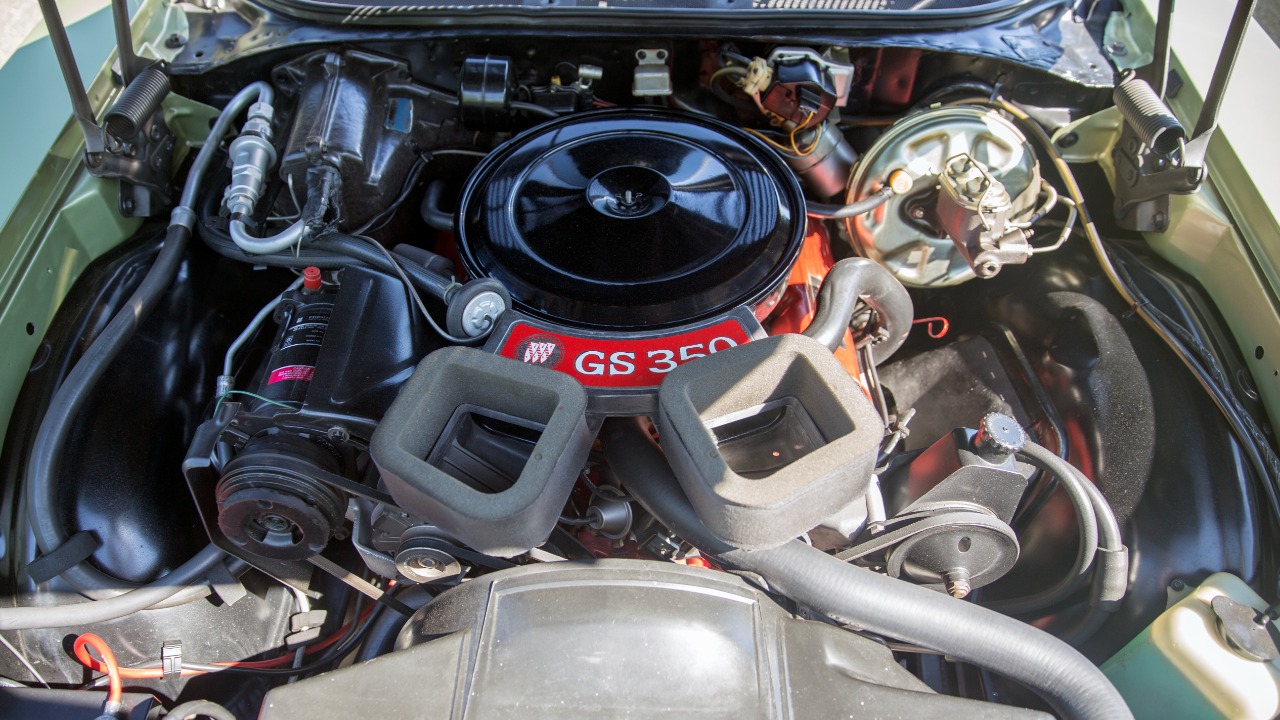
The muscle car era, a period of high-performance and affordable vehicles, was significantly shaped by Ford’s Small-Block V8 engine. This iconic engine not only revolutionized Ford’s lineup but also had a profound impact on the American automotive industry as a whole.
The Origins of Ford’s Small-Block V8
The modern small-block Ford V8 made its debut in the 1962 Ford Fairlane and Mercury Meteor as the “Challenger V-8”. This engine was innovative due to its lightweight gray iron and thin-wall construction, which made efficient V8 power available in a compact, affordable package. The design was so successful that it lasted for over 40 years, powering a variety of Ford vehicles and becoming a staple of the brand’s identity Jalopnik.
Powering the Muscle Car Boom
During the 1960s, the muscle car era was in full swing, and Ford’s Small-Block V8 played a significant role in this boom. The high-performance applications of this engine, particularly in the Mustang, helped to shape the era. The 289 small block, for instance, from the high-performance K-code down to the 200-hp two-barrel versions, helped make the Mustang famous AMSOIL.
Lessons from Chevrolet’s Counterpart
While Ford was making waves with its Small-Block V8, Chevrolet was not far behind with its own Small-Block V8. This engine also had a significant impact on American muscle car culture, providing a competitive influence that pushed both companies to innovate and improve their offerings HotCars.
The 429 Engine’s Reign
While the Small-Block V8 was a significant part of Ford’s muscle car history, it’s worth noting that the 429 engine, part of Ford’s 385-series big-block family, also had a significant impact. Known as the Boss 429, this engine is easily the rarest and most famous, producing 375 hp and 450 lb-ft of torque Hagerty.
Mustang’s Enduring Affordability
The Ford Mustang, powered by the Small-Block V8, has long been seen as an affordable muscle car. Despite changes and advancements over the years, the Mustang has managed to maintain its status as a performance value vehicle, aligning with the small-block legacy economics DrivingLine.
Evolution of Mustang GT Performance
The Mustang GT, in particular, has seen a significant evolution in performance over the years, driven by advancements in V8 technology. From the original 1964½ Mustang to today’s S650 Dark Horse, the Mustang GT has consistently pushed the boundaries of what a muscle car can be DrivingLine.
From 1985 to 2025: A Four-Decade Journey
The Mustang GT’s journey from 1985 to 2025 serves as a testament to the endurance of the small-block engine. Over these four decades, the Mustang GT has seen numerous changes and improvements, but the heart of the vehicle, the Small-Block V8, has remained a constant, proving its reliability and performance DrivingLine.
Industry-Wide Safety Checks
While the focus of this article is on Ford and its Small-Block V8, it’s important to note that the automotive industry as a whole has had to deal with various challenges and recalls. For instance, General Motors has had to implement a recall process for checking affected cars. This serves as a reminder of the broader V8-era maintenance concerns relevant to all car manufacturers, including Ford Yahoo Autos.
More from MorningOverview